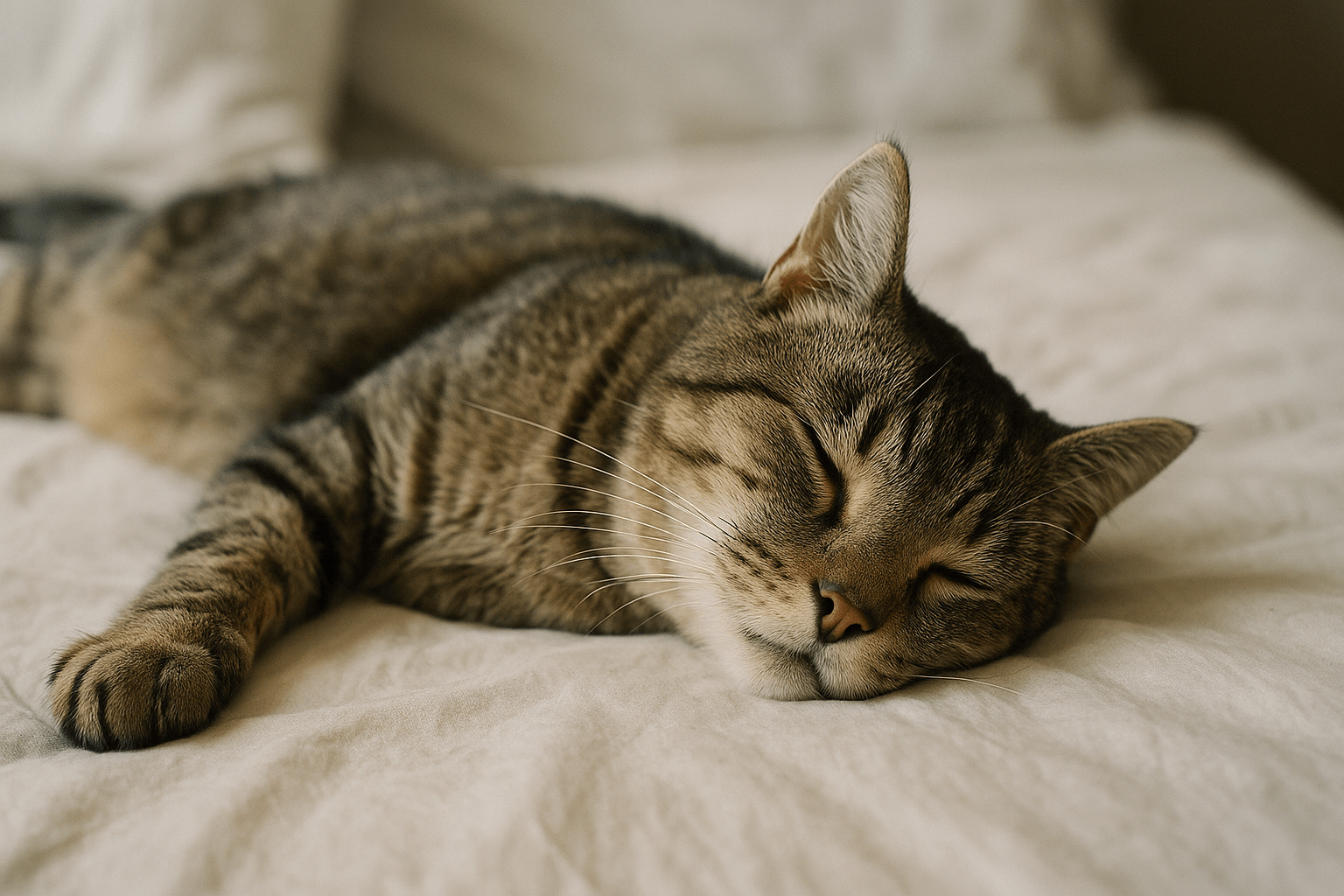Understanding Cat Surgery: What Every Pet Owner Should Know
When it comes to the health and well-being of our feline companions, surgery can sometimes be a necessary step. Whether it’s a routine procedure like spaying or neutering, or a more complex intervention to address an injury or illness, cat surgery is a topic every pet owner should understand. While the thought of your cat undergoing surgery may feel overwhelming, being informed about the process, risks, and aftercare can help ease your concerns. In this blog post, we’ll explore everything you need to know about cat surgery, from preparation to recovery, ensuring your furry friend receives the best care possible.
Common Types of Cat Surgeries
Cats may require surgery for a variety of reasons, ranging from preventive measures to treating serious medical conditions. Understanding the most common types of surgeries can help you prepare for what lies ahead.
Spaying and Neutering:
These routine procedures prevent unwanted litters and reduce the risk of certain cancers and behavioral issues.Dental Surgery:
Cats are prone to dental problems like gum disease and tooth decay, often requiring extractions or other oral surgeries.Fracture Repair:
Broken bones from accidents or falls may necessitate surgical intervention to restore mobility and function.Tumor Removal:
Lumps or masses on your cat’s body may require biopsy or removal to rule out cancer or other health concerns.Foreign Body Removal:
Cats who ingest non-food items like strings or small toys may need surgery to remove these objects safely.
These surgeries highlight the diverse reasons why your cat might require surgical care, emphasizing the importance of regular veterinary check-ups.

Preparing Your Cat for Surgery
Proper preparation is key to ensuring a smooth surgical experience for your cat. Taking these steps beforehand can minimize stress and complications.
Consultation with the Veterinarian:
Schedule a pre-surgery consultation to discuss the procedure, risks, and any specific instructions for your cat.Fasting Requirements:
Most surgeries require your cat to fast for 8-12 hours prior to the procedure to reduce the risk of anesthesia-related complications.Gather Necessary Supplies:
Stock up on items like a comfortable recovery bed, medications, and a cone to aid in post-surgery care.Create a Calm Environment:
Prepare a quiet, safe space at home where your cat can rest and recover without disturbances.Understand Post-Surgery Needs:
Familiarize yourself with aftercare instructions, including medication schedules and signs of potential complications.
By preparing thoroughly, you can ensure your cat’s surgery goes as smoothly as possible and set the stage for a successful recovery.
Check this guide 👉Understanding Cat Pyometra Surgery: Best 7 Expert Tips!
Check this guide 👉Cat Not Eating 3 Days After Surgery: Best 7 Health Tips!
Check this guide 👉Understanding Cat Eye Surgery Costs: Best 7 Expert Tips!
Pre-Surgery Checklist | Post-Surgery Care Tips |
|---|---|
Schedule a vet consultation | Monitor the incision site daily |
Fast your cat as directed | Administer prescribed medications |
Gather supplies (cone, bedding, etc.) | Keep your cat calm and limit activity |
Create a quiet recovery space | Watch for signs of infection or pain |
Understand fasting requirements | Provide soft, easy-to-eat food |
Potential Risks and Complications of Cat Surgery
While modern veterinary practices make surgeries safer than ever, there are still risks involved. Being aware of these potential complications can help you recognize and address issues promptly.
Anesthesia Reactions:
Some cats may have adverse reactions to anesthesia, though veterinarians take precautions to minimize this risk.Infection at the Incision Site:
Poor hygiene or excessive licking can lead to infections, which require immediate veterinary attention.Delayed Healing:
Older cats or those with underlying health conditions may take longer to heal, requiring extra care and monitoring.Behavioral Changes:
Cats may exhibit changes in appetite, energy levels, or behavior during recovery, which could indicate discomfort or stress.Internal Bleeding or Swelling:
Rarely, internal complications such as bleeding or swelling may occur, necessitating follow-up treatment.
Understanding these risks allows you to stay vigilant and act quickly if something seems amiss during your cat’s recovery.
How to Support Your Cat’s Recovery After Surgery
Recovery is a critical phase following any surgery. Providing the right care ensures your cat heals properly and regains their strength.
Follow Medication Instructions:
Administer pain relievers and antibiotics exactly as prescribed to manage discomfort and prevent infection.Limit Physical Activity:
Restrict jumping, running, or climbing to avoid straining the surgical site and delaying healing.Use a Cone or Protective Gear:
Prevent your cat from licking or biting the incision by using an Elizabethan collar or similar protective device.Offer Nutritious Food:
Provide easily digestible meals that support healing and entice your cat to eat despite potential appetite loss.Monitor Behavior Closely:
Watch for unusual signs like lethargy, vomiting, or excessive grooming, which may signal complications.
With attentive care and patience, your cat will recover fully and return to their playful self in no time.
Signs Your Cat May Need Surgery
Sometimes, subtle signs indicate that your cat might require surgical intervention. Recognizing these symptoms early can prevent further complications and improve outcomes.
Persistent Limping or Lameness:
Difficulty walking or favoring one leg may suggest fractures, joint issues, or soft tissue injuries.Unexplained Weight Loss or Gain:
Sudden changes in weight could point to underlying conditions requiring surgical exploration.Visible Masses or Lumps:
Abnormal growths on your cat’s skin or internally may need biopsy or removal to rule out cancer.Difficulty Eating or Swallowing:
Dental pain or obstructions might necessitate oral surgery to restore normal function.Chronic Vomiting or Diarrhea:
Persistent digestive issues could indicate blockages or other conditions requiring surgical correction.
Identifying these signs early ensures timely veterinary care, potentially saving your cat from unnecessary suffering.
Alternatives to Surgery
Not all health issues require surgical solutions. In some cases, alternative treatments may be equally effective in addressing your cat’s condition.
Medication Management:
For conditions like arthritis or infections, medications can alleviate symptoms without the need for surgery.Physical Therapy:
Rehabilitation exercises can strengthen muscles and joints, reducing the need for invasive procedures.Dietary Adjustments:
Specialized diets can address nutritional deficiencies or support healing in certain cases.Pain Relief Options:
Non-surgical methods like acupuncture or laser therapy can relieve chronic pain and inflammation.Behavioral Training:
Addressing behaviors like excessive scratching or chewing can prevent injuries that might otherwise lead to surgery.
Exploring alternatives ensures your cat receives the most appropriate and least invasive treatment available.
How to Choose the Right Veterinarian for Surgery
Selecting the right veterinarian is crucial for ensuring your cat’s surgery is performed safely and successfully. Consider these factors when making your decision.
Experience and Expertise:
Look for vets who specialize in feline medicine and have extensive experience performing the required procedure.Facility Standards:
Ensure the clinic follows strict sterilization protocols and uses modern equipment for surgeries.Transparent Communication:
A good vet will explain the procedure, risks, and costs clearly, answering all your questions honestly.Emergency Preparedness:
Verify that the clinic has protocols in place to handle unexpected complications during or after surgery.Client Reviews and Recommendations:
Research reviews or ask fellow pet owners for recommendations to gauge the vet’s reputation and reliability.
Choosing the right professional gives you peace of mind knowing your cat is in capable hands.
Frequently Asked Questions About Cat Surgery
How long does it take for a cat to recover from surgery?
Recovery times vary depending on the procedure, but most cats recover within 10–14 days.
Can I bathe my cat immediately after surgery?
No, avoid bathing until the incision has fully healed to prevent infection.
What should I do if my cat licks its stitches?
Use an Elizabethan collar (cone) to prevent licking and protect the wound.
Are there risks associated with cat anesthesia?
While rare, anesthesia carries some risks; however, vets take precautions to minimize them.
How can I tell if my cat is experiencing complications?
Look for symptoms like excessive lethargy, vomiting, or discharge from the incision site, and contact your vet immediately.
Empowering Yourself as a Responsible Cat Owner
Cat surgery can be a daunting experience, but arming yourself with knowledge and preparation makes all the difference. From understanding the types of surgeries available to supporting your cat through recovery, every step you take contributes to their health and happiness. Remember, your veterinarian is your greatest ally throughout this process—never hesitate to ask questions or seek clarification. By staying informed and proactive, you can ensure your beloved feline companion receives the best care possible and continues to thrive for years to come.
Why Is My Cats Second Eyelid Showing? Best 7 Expert Tips! Understand causes, health signs, and how to respond when your cat’s third eyelid becomes visible.
How Do I Know If My Cat Died Peacefully? Best 7 Expert Tips! Discover the quiet signs of a peaceful feline passing and find comfort in their final moments.
Cat Allergy Eyes: Best 7 Expert Tips! Discover why your eyes react to cats and learn proven strategies for relief—without giving up your feline friend.
Why Do Abyssinian Cat Colors Matter? Best 7 Expert Tips! Discover the genetics, rare hues, and care secrets behind Abyssinian coat colors for a healthier, happier cat.





